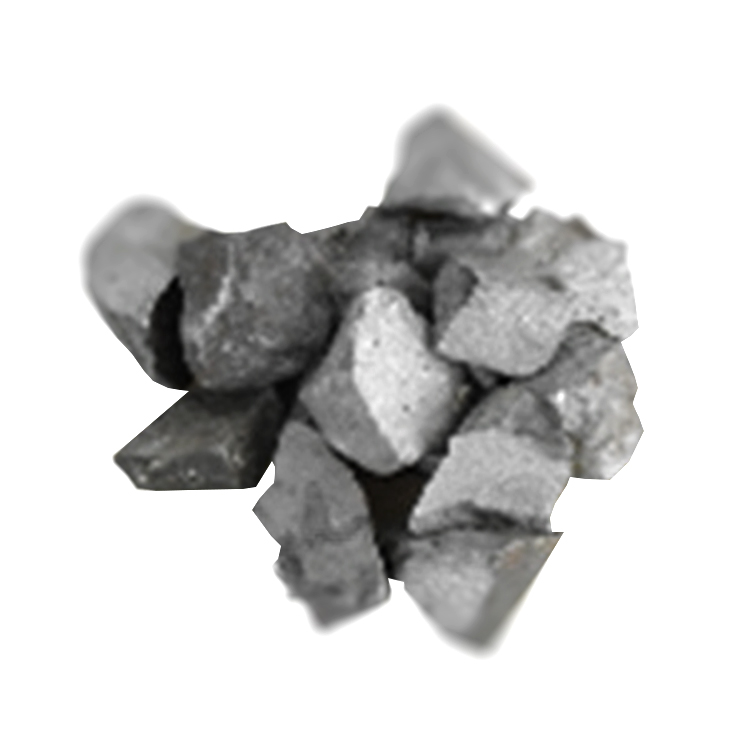服务热线:00852-30780812
Applications of cerium ammonium nitrate
1. For the determination of trace amounts of silver ions. Redox titrant. Catalyst for olefin polymerisation.
2. Used as an analytical reagent, commonly used in the preparation of standard solutions for redox titrations, as a colour developer for the detection of polyols by thin layer chromatography, as a raw material for the preparation of phosphate-sensitive membrane electrode compositions and as a reagent for the determination of various amines by potentiometric titration. It is also used as an oxidising agent and as a catalyst for olefin polymerisation.
3. Ceric ammonium nitrate CAN is a strong oxidising agent, more so under acidic conditions, second only to F2, XeO3, Ag2+, O3, HN3. in aqueous solutions and other protonic solvents, CAN is a single electron oxidising agent and the consumption of CAN can be judged by the change in colour (from orange to pale yellow). Because of the limitations of solubility in organic solvents, most of the reactions in which CAN is involved take place in mixed solvents such as water/acetonitrile. In the presence of other oxidising agents such as sodium bromate, tert-butyl hydrogen peroxide and oxygen, the recycling of Ce4+ can be achieved, thus enabling catalytic reactions. In addition, CAN is an effective nitration reagent.
CAN has oxidising activity towards oxygenated compounds such as alcohols, phenols and ethers, with specific oxidation of secondary alcohols. For example, benzyl alcohols can be oxidised to their aldehydes and ketones, and even p-nitrobenzyl alcohols can be oxidised to p-nitrobenzyl ketones by the CAN/O2 catalytic oxidation system. In addition, for special secondary alcohols such as 4-enols or 5-enols, cyclic ether compounds can be obtained.
For catechol and hydroquinone as well as their methyl ether compounds, they are able to be oxidised to quinones in the presence of CAN. Reactions such as the conversion of catechol to o-benzoquinone, the rapid conversion of hydroquinone to p-benzoquinone in the presence of CAN and ultrasound, and the conversion of aryl ethers to p-benzoquinone.
For the oxidation of epoxides it is also possible to obtain dicarbonyl compounds. In addition, CAN has oxidising activity for carbonyl compounds of specific structures, such as the oxidation of polycyclic cage ketones to lactones.
As a single electron oxidant, CAN also enables inter- or intra-molecular carbon-carbon bond formation reactions. For example, the oxidative addition of 1,3-dicarbonyl compounds to styrene systems in the presence of CAN (equation 7) [8], or the dimerisation of aniline itself.
In addition to oxidation reactions, CAN is an effective nitration reagent, especially for aromatic ring systems. For example, in acetonitrile CAN interacts with anisole to give an o-site nitration product. However, the strong oxidising properties of CAN often lead to multiple nitration of the aromatic ring system and even to the formation of polymers that are difficult to separate. It has been found that adsorption of CAN onto silica gel reduces its oxidation properties and thus reduces the formation of polynitrosylated products. For example, the nitration of carbazole and 9-alkylcarbazole with CAN in acetonitrile using silica gel as a carrier can increase the yield to 70%-80%.
